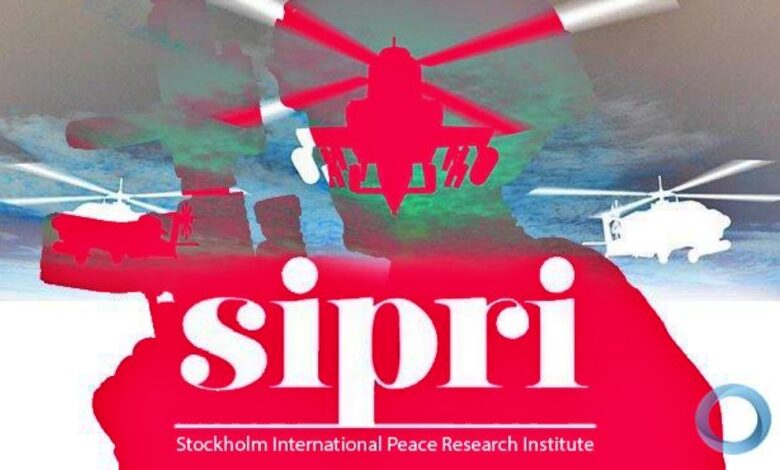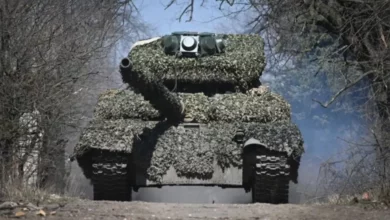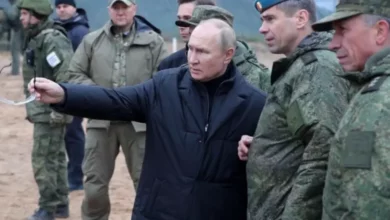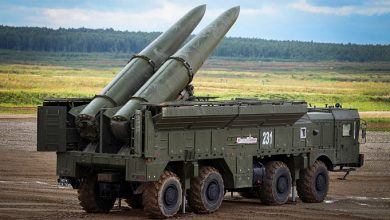SIPRI’s weapons market analysis methods do not reflect reality

According to Dmitry Shugayev, the institute uses only open data, which is not complete.
The methods used by the Stockholm International Peace Research Institute (SIPRI) to analyze the global arms market does not reflect the real situation, Director of Russia’s Federal Service for Military-Technical Cooperation Dmitry Shugayev told reporters. According to the SIPRI report released on Monday, sales of Russian arms manufacturers are falling.
“The calculation methods used by SIPRI to assess the sales of defense companies is their own estimate, which, frankly speaking, does not reflect the real picture. Instead of a specific cost of goods, they use a so-called trend indicator, which has approximately the same meaning for the same type of product. There is an emphasis on assessing the quantitative side, which, as the institute stresses, cannot be used to assess export volumes,” Shugaev said.
According to him, SIPRI uses only open data, which is not complete.
“Such things as spare parts and services, they generally do not take into account,” the head of the Federal Service for Military-Technical Cooperation said.
About the SIPRI report
On December 6, the Stockholm International Peace Research Institute published an annual report on the analysis of the sales of arms and military services of the 100 largest companies in the world in 2020. According to him, Russian manufacturers in the top 100 have been reducing their sales for the third year in a row. In particular, sales of the Almaz-Antey company, which ranks the 17th in the rating, and the United Shipbuilding Corporation, which is on the 33rd place, decreased by 31% and 11%, respectively.
On the one hand, this is explained by the completion of the state armaments program for 2011-2020, as a result the subsequent financing of the military industry in real terms has decreased. On the other hand – by the violation of the supply schedule caused by the coronavirus pandemic. At the same time, the report notes that the drop occurred amid the support measures for the military-industrial complex the government took to minimize the negative effect of the pandemic.
Source: TASS




